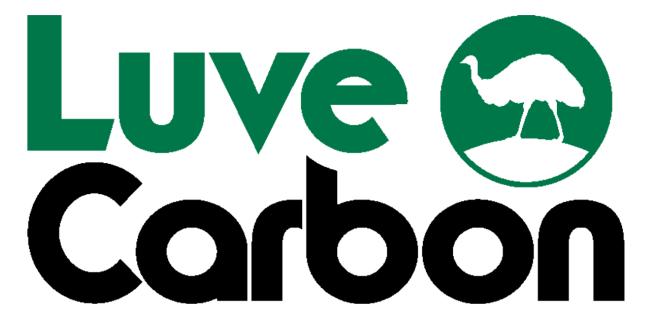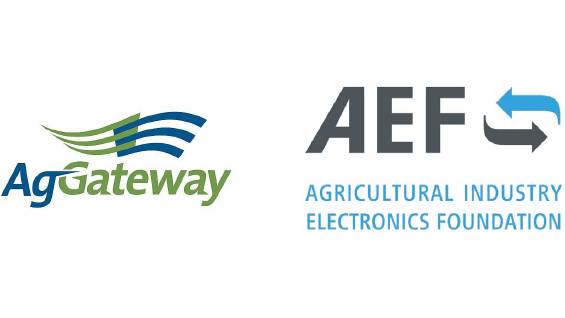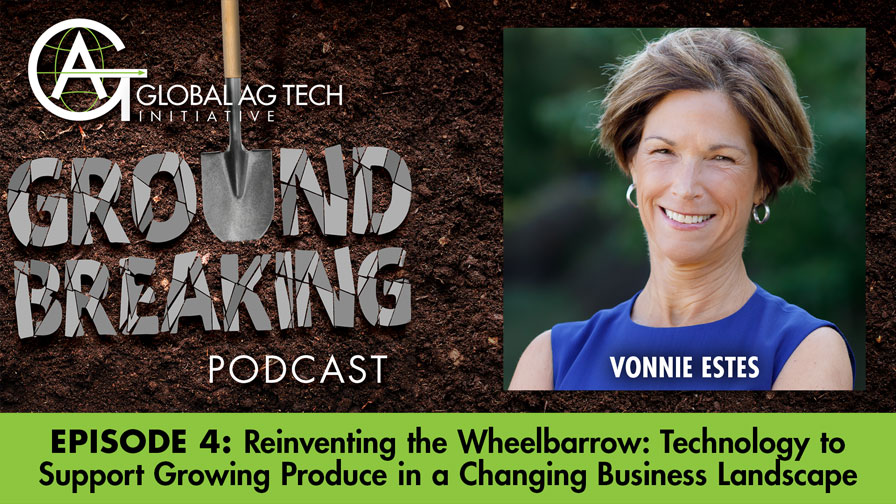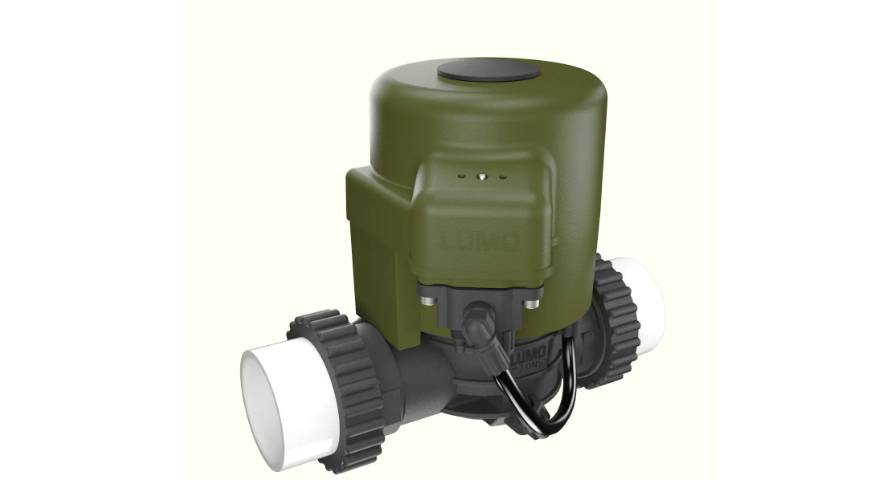Exploring New Paths for Carbon Credits in Brazilian Agribusiness
 Editor’s note: The VISION Conference 2022 will feature expanded exploration of where innovation is rapidly driving change, including trends in high-value specialty crops, sustainability and carbon sequestration programs, and high-tech controlled environment production systems. One emerging topic on the agenda is carbon credits. Below is an inside look at how agtech startup Luve Carbon is helping Brazilian agribusinesses become even more sustainable and competitive with carbon credits.
Editor’s note: The VISION Conference 2022 will feature expanded exploration of where innovation is rapidly driving change, including trends in high-value specialty crops, sustainability and carbon sequestration programs, and high-tech controlled environment production systems. One emerging topic on the agenda is carbon credits. Below is an inside look at how agtech startup Luve Carbon is helping Brazilian agribusinesses become even more sustainable and competitive with carbon credits.
In Brazil, our environmental challenge for the coming years is enormous. Specifically, we need to reduce greenhouse gas emissions by approximately 7% per year, so that in 10 years we will have halved our emissions and not exceed the limit of 450 parts per million. This will help prevent the melting of the polar ice caps, the death of coral reefs, the worsening of air quality, among many other problems that put at risk not only the health of the planet, but also our own health.
Globally, we quantify emissions by sectors. Today, the sector with the highest GHG emissions is the energy sector, responsible for 73% of global emissions. This sector includes transport, electricity and heat generation, buildings, manufacturing, and construction. The other sectors are: agriculture (12%), followed by land use, land use change, and forestry (6.5%); industrial processes of chemical products, cement, and others (5.6%); and waste, including landfills and wastewater (3.2%).
However, this scenario changes from country to country. In Brazil, the sector with the highest emission is agriculture with 496.10 Mt CO2, followed by land use with 387.94 Mt CO2, waste with 70.22 Mt CO2, industrial processes with 28.94 Mt CO2, and fuel with 16.74 Mt CO2.
MORE BY MAURICIO NICOCELLI NETTO
How a Digital Platform Is Creating Transparency with Brazilian Harvest Data and Bringing Security to Investors
Brazilian Agtech Startup Brings Aerial Application Management Platform to North American Market
 Several actions are being carried out reduce emissions around the world, And here in Mato Grasso, Brazil, consultants and farmers are also doing our part. That’s why we decided to create Luve Carbon, with the purpose of mitigating or even zeroing carbon emissions on rural properties and helping to reduce emissions from the agricultural and land use sector.
Several actions are being carried out reduce emissions around the world, And here in Mato Grasso, Brazil, consultants and farmers are also doing our part. That’s why we decided to create Luve Carbon, with the purpose of mitigating or even zeroing carbon emissions on rural properties and helping to reduce emissions from the agricultural and land use sector.
We offer the conciliation of the management of the environmental footprint and the management of processes and practices within the farmgate, transforming the mitigation of possible environmental impacts of agricultural activities into a productive and profitable activity. This association is based on the calculation of the current footprint of the economic activity developed on the property and a subsequent application of cultivation, management, and management methods that provide the reduction of GHG emissions and, at the same time, increase the capture and stock of these with advantages productive to those who believe in the fundamentals presented.
The idea of developing this type of service arose from the need to evolve our customs and practices in the field, culminating in the improvement of existing production systems to make the Brazilian agribusiness ecosystem even more sustainable and, at the same time, more productive and competitive. Such attitudes require tests, implementations, and reassessments, but without them we would not have reached the current technological, phytosanitary, and productive levels observed nationally.
The methods used by the startup Luve Carbon, a pioneer in the sector, are limited to measuring GHG emissions (NO2, CH4 and CO2) in the production properties of Brazilian grains, fibers, and proteins, using the standards set by the Brazil GHG Protocol Program, IPCC Agriculture, and USDA’s “Quantifying Greenhouse Gas Fluxes in Agriculture and Forestry” and applying them to the Brazilian reality. After compiling the necessary information and calculations, there is an evaluation of the producer’s production scenario and guidance for the adoption of practices that mitigate emissions through the reduction of inputs, use of more advanced cultivation systems, use of better crops, and increased use of biologicals.
We are initially measuring farms that plant soybeans, corn, and cotton, but we will extend to other crops. In addition to the benefits above, we connect medium-sized farmers to more accessible lines of credit. Our objective is to democratize information and access to Green Bonds (a modality of investment in sustainable products and producers). As we are also active in the Amazon Biome, we are working hard on forest protection and regional training with local producers.
In Brazil, in this last year, the large multinationals have been launching their carbon credit programs. Bayer was one of the pioneers to measure carbon in the soil and to bring this type of education in the field. For the next season, more than 800 properties are expected to participate in their projects. Also, we recently launched Yara’s Agoro Carbon Alliance program that will start expanding its projects here as well.
I’m very pleased with the actions taken by these major companies. And I’m sure now that the world’s biggest climate conference COP26 took place recently in Scotland, the evolution of carbon credits will become even greater.
For more information, visit Luvecarbon.com.










